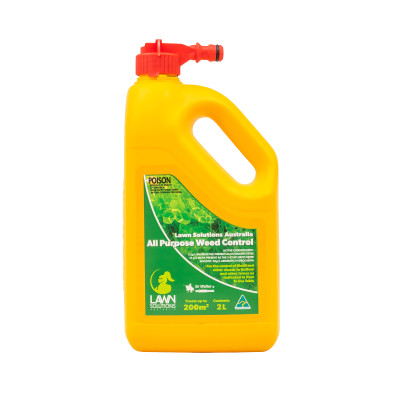It can be hard to find a reason to venture out into the yard during the colder months, particularly at night. But there is one activity that is best done in winter and your lawn is the perfect vantage point for it… stargazing!
Less humidity, cool calm air with generally clear skies, presents the perfect opportunity to see the black star lit canvas in more detail.
The centre of the Milky Way is passing overhead in the colder months of winter, which is also the best part to view as well.
Ask most experts and they will likely tell you that the very best place to view the stars is from your own front or back lawn. A place away from bright lights, with no fireplaces burning and also best when there is no moon.
All you need is a blanket, maybe a pillow, a star map for navigating and binoculars. If you have a telescope you will be able to see a lot more detail, but if the sky is clear binoculars will be enough to see some of the main attractions in the night sky.
Some of these include:
Asterisms
An Asterism is a pattern of stars that looks like a recognisable shape.
The Southern Cross
The most famous of the asterisms in the southern skies, the Southern Cross consists of five stars. Four of these stars form the primary cross shape. Commonly referred to as a constellation, the cross itself is actually an asterism, a collection of stars that belongs to the constellation Crux, the smallest constellation. The Southern Cross can be seen at any time of the year in the Southern Hemisphere.

The Teapot
The Teapot asterism is formed by eight of the brightest stars within the constellation Sagittarius. The Milky Way forms what looks like steam coming from the spout when the conditions are at their optimum for stargazing.
Constellations
A Constellation is a grouping of stars that creates a recognisable pattern. Constellations are traditionally named after their apparent form or after a particular mythological figure. Astronomers use the term constellation to identify a region or area of the sky.
Sagittarius
Sagittarius is a constellation of the zodiac and lucky for us is located in the Southern celestial hemisphere. The word Sagittarius is latin for archer and as a whole it appears much like a stick figure archer drawing its bow. As mentioned above, it also includes The Teapot asterism.

Scorpius
Scorpius is the southernmost constellation of the zodiac located in the Southern celestial hemisphere. Latin for scorpion, the constellation has a j shaped tail which makes it relatively easy to identify as it resembles its namesake.
The centre of the galaxy is located between the tail of Scorpius and the Teapot of Sagittarius.

Stars
Sirius – Brightest star in the sky
Sirius is known as the Dog Star as it is the chief star in the Canis Major constellation. In early July, Sirius can be seen twice. Once in the evening where it sets after the sun and again in the morning where it rises before the sun.

Canopus – 2nd brightest (shown in Southern Cross image above)
Canopus is part of the Carina constellation, Carina is latin for the hull or keel of a ship. The name Canopus is believed to have originated from the mythological Canopus, who was navigator for the king of Sparta.
Alpha Centauri – 3rd brightest (shown in Southern Cross image above)
Alpha Centauri is actually a triple star system. Stars Alpha Centauri A and B are sun-like stars that form the binary star Alpha Centauri AB. To the naked eye, these stars appear to be a single star. Alpha Centauri is the brightest star in the Centaurus constellation.
To help you learn about the southern night sky and stargazing, Sydney Observatory provides a guide and a sky map or chart each month. You can check them out here.
The best time for stargazing is when there is no visible moon (new moon). Check out this Lunar Calendar for best observation dates.


